Introduction
Goose eggs, renowned for their larger size and richer flavor compared to chicken eggs, have become a culinary delight for home cooks and professional chefs alike. Their substantial yolk-to-white ratio and creamy texture make them ideal for boiled preparations, from adding depth to salads to standing as a centerpiece in gourmet dishes. However, achieving the perfect boiled goose egg requires precision, patience, and an understanding of the unique factors that influence cooking time. This article delves into the science and craft of boiling goose eggs, exploring optimal timings, techniques, and troubleshooting tips to ensure consistently flawless results. Whether you’re a novice cook or a seasoned kitchen enthusiast, mastering the nuances of boiling goose eggs will elevate your culinary repertoire.
The Anatomy of a Goose Egg: Why Size Matters
Before diving into cooking times, it’s essential to grasp the biological differences between goose eggs and their smaller counterparts. A typical goose egg weighs between 120–170 grams, roughly three times the size of a large chicken egg. This increased volume directly impacts heat penetration during boiling. The thicker shell and denser egg white act as insulators, requiring longer cooking times to achieve uniform doneness. Additionally, the higher fat content in the yolk contributes to a creamier texture but also necessitates careful monitoring to prevent overcooking, which can result in a chalky, dry yolk.
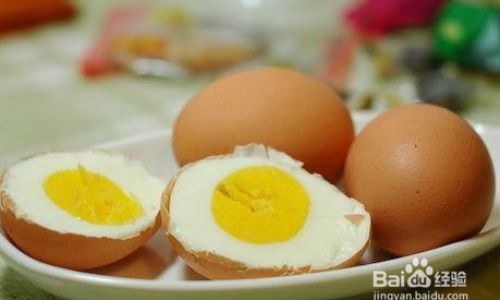
Factors Influencing Boiling Time
Several variables affect how long it takes to boil a goose egg to perfection. Understanding these factors allows for adaptation to different kitchens and preferences:
- Egg Size and Freshness: While goose eggs are generally larger than chicken eggs, individual variations in size can occur. Fresher eggs also have tighter whites and yolks, which may require slightly longer cooking to solidify.
- Altitude: At higher elevations, water boils at lower temperatures, extending cooking times. For every 500 meters above sea level, add 1–2 minutes to the recommended boiling time.
- Starting Temperature: Beginning with cold water versus adding eggs to boiling water alters heat distribution. Cold-start methods yield gentler cooking, while boiling-water starts expedite the process but demand stricter timing.
- Desired Consistency: Soft, medium, or hard-boiled preferences dictate timings. Soft-boiled eggs require shorter durations to maintain a runny yolk, while hard-boiled eggs need extended cooking for fully set yolks.
Step-by-Step Guide to Boiling Goose Eggs
Preparation
- Selecting Eggs: Choose fresh, uncracked goose eggs. Older eggs may peel more easily but risk spoilage.
- Room Temperature: Allow eggs to reach room temperature (approximately 30 minutes) to minimize thermal shock when submerged in hot water.
- Pricking the Shell (Optional): Some chefs recommend piercing the broader end of the shell with a pin to release trapped air, preventing cracking. However, this step is optional and may compromise the egg’s structural integrity.
Boiling Process
- Cold-Start Method:
- Place eggs in a saucepan and cover with cold water by 2.5 cm.
- Bring to a rolling boil over medium-high heat.
- Once boiling, reduce heat to a simmer and commence timing.
- Boiling-Water Start:
- Bring a pot of water to a rolling boil.
- Gently lower eggs into the water using a slotted spoon to prevent cracking.
Timing Guidelines
Adjust timings based on desired consistency:
- Soft-Boiled (Runny Yolk, Firm White):
- Cold-Start: 12–14 minutes after reaching simmer.
- Boiling-Water: 10–12 minutes.
- Medium-Boiled (Semi-Set Yolk, Tender White):
- Cold-Start: 16–18 minutes.
- Boiling-Water: 14–16 minutes.
- Hard-Boiled (Fully Set Yolk and White):
- Cold-Start: 20–22 minutes.
- Boiling-Water: 18–20 minutes.
Post-Boiling Techniques
- Ice Bath: Immediately transfer boiled eggs to an ice water bath for 5–10 minutes. This halts cooking, prevents overdone yolks, and facilitates peeling.
- Peeling: Gently tap the egg on a hard surface to crack the shell. Peel under cool running water to remove fragments easily.
Achieving Perfect Consistency: Tips and Tricks
- Avoid Overcooking: Overboiled goose eggs develop a greenish-gray ring around the yolk due to sulfur compounds reacting with iron. This discoloration, while harmless, indicates a dry, crumbly texture.
- Altitude Adjustments: At elevations above 900 meters, increase cooking times by 3–5 minutes to compensate for lower boiling points.
- Testing Doneness: For precision, use a thermometer. The yolk should reach 68–70°C (154–158°F) for soft-boiled and 74–77°C (165–170°F) for hard-boiled.
- Egg Freshness: Fresher eggs are harder to peel. For easier peeling, use eggs aged 7–10 days or add a teaspoon of baking soda to the boiling water, which raises the pH and loosens the shell membrane.
Creative Culinary Applications
Boiled goose eggs transcend mere snacks, offering versatility in both hot and cold dishes:
- Gourmet Egg Salad: Chop hard-boiled goose eggs and mix with mayonnaise, Dijon mustard, celery, and fresh herbs. Serve on toasted brioche or as a sandwich filling.
- Deviled Goose Eggs: Halve hard-boiled eggs, remove yolks, and blend with avocado, lime zest, and smoked paprika. Pipe the mixture back into the whites for an elegant appetizer.
- Pickled Goose Eggs: Boil eggs, peel, and submerge in a brine of vinegar, sugar, beets, and spices. After a week, enjoy vibrant, tangy eggs with charcuterie boards.
- Ramen Toppings: Slice soft-boiled goose eggs and add to broth-based ramen for a luxurious touch. The runny yolk enriches the broth with each bite.
Troubleshooting Common Issues
- Cracked Shells: Rapid temperature changes cause cracking. Use the cold-start method and avoid boiling vigorously.
- Uneven Cooking: Overcrowding the pot disrupts water circulation. Boil eggs in a single layer with ample space.
- Difficult Peeling: Older eggs or baking soda additions simplify peeling. Avoid refrigerating eggs before boiling, as cold temperatures tighten the shell membrane.
- Sulfuric Odor: Overcooking releases hydrogen sulfide. Strictly adhere to timings and use fresh eggs to minimize odors.
Nutritional Benefits of Goose Eggs
Beyond their culinary appeal, goose eggs boast impressive nutritional credentials. Each egg provides:
- Protein: 13–15 grams per egg, essential for muscle repair and satiety.
- Healthy Fats: Rich in omega-3 fatty acids, supporting heart and brain health.
- Vitamins and Minerals: High in vitamin B12, selenium, and choline, crucial for metabolic function and cellular health.
Incorporating boiled goose eggs into your diet offers a nutrient-dense, low-carbohydrate option suitable for various dietary preferences.
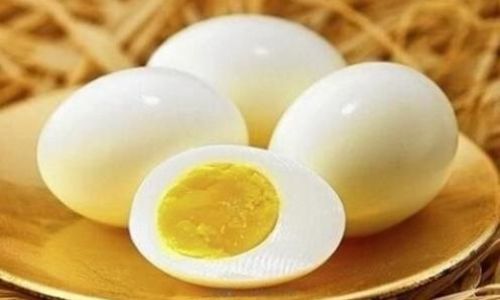
Cultural Significance of Boiled Goose Eggs
Across Europe and Asia, boiled goose eggs hold cultural and culinary significance. In Eastern Europe, they’re traditionally served during Easter festivities, symbolizing rebirth and fertility. In China, salted duck eggs (a cousin to goose eggs) are preserved and enjoyed as a savory delicacy. Understanding these traditions adds depth to the act of boiling goose eggs, transforming a simple cooking process into a cultural experience.
Sustainability and Ethical Considerations
As consumer awareness grows, sourcing goose eggs ethically gains importance. Opt for eggs from free-range farms where geese have access to open spaces and natural diets. Avoid battery-caged operations, which prioritize quantity over animal welfare. Supporting sustainable practices ensures the longevity of goose populations and the quality of their eggs.
Conclusion
Boiling goose eggs to perfection is an art that marries scientific precision with culinary intuition. By accounting for size, altitude, and desired consistency, and employing techniques like ice baths and careful peeling, even novice cooks can achieve flawless results. Whether showcased in a gourmet salad or savored as a simple snack, the boiled goose egg’s creamy richness and versatility make it a worthy addition to any kitchen. Embrace the process, experiment with timings, and savor the rewards of this timeless culinary tradition.
Frequently Asked Questions
-
How can I tell if a boiled goose egg is done without cutting it open?
Gently spin the egg on a flat surface. A fully cooked egg will spin smoothly, while an undercooked one will wobble due to the liquid yolk. -
Can I boil goose eggs in an electric kettle?
Yes, but ensure the kettle’s capacity accommodates the eggs and water volume. Use the boiling-water start method and monitor timings closely. -
How long do boiled goose eggs last?
Refrigerated in their shells, they keep for up to one week. Peeled eggs should be consumed within two days. -
Do goose eggs taste different from chicken eggs?
Yes, goose eggs have a richer, butterier flavor and a denser texture due to their higher fat content. -
Is it safe to eat soft-boiled goose eggs?
If sourced from reputable, sanitized suppliers, soft-boiled eggs are safe. However, avoid serving them to high-risk individuals (pregnant women, the elderly) due to salmonella risks.
By mastering the intricacies of boiling goose eggs, you unlock a world of culinary possibilities, blending tradition with innovation one perfectly cooked egg at a time.
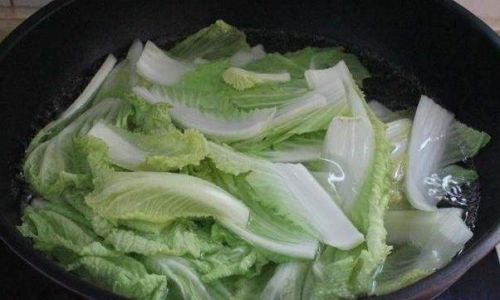
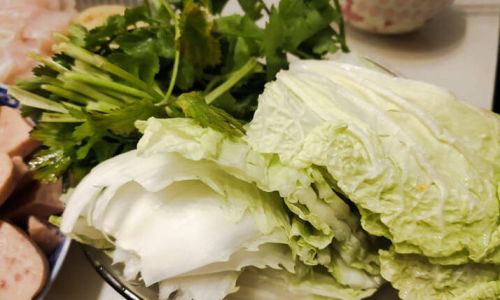
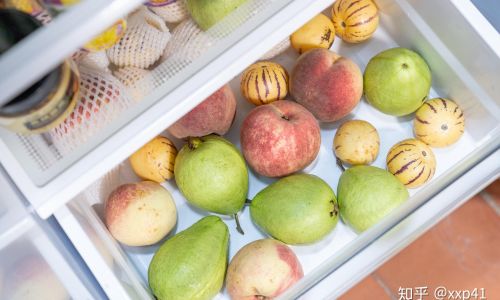
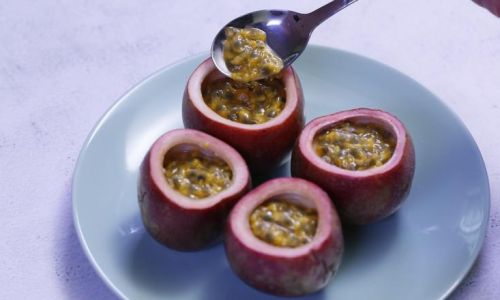

0 comments